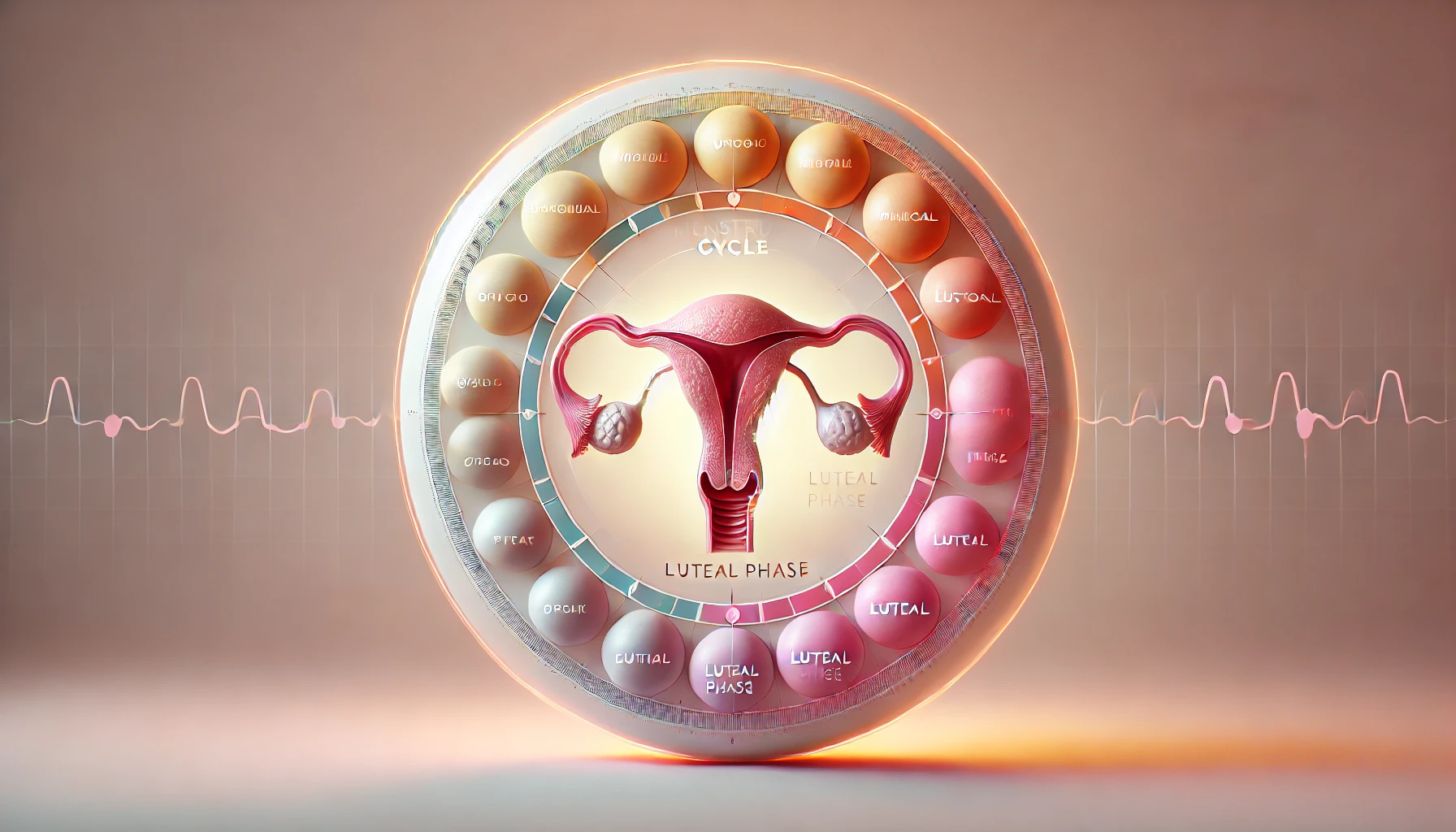This post was written with Consensus AI Academic Search Engine – please read our Disclaimer at the end of this article. The luteal phase is a crucial period in the menstrual cycle, essential for preparing the endometrium for potential pregnancy. Proper hormonal support during this phase is vital, especially in fertility treatments, to enhance the chances of successful implantation and pregnancy. Understanding the dynamics of the luteal phase and the importance of luteal phase support can help optimize fertility treatment outcomes and address issues related to luteal phase defects.
The luteal phase is a critical part of the menstrual cycle, occurring after ovulation and before the start of menstruation. It plays a vital role in preparing the endometrium for potential implantation of an embryo, thus supporting early pregnancy. This article explores the luteal phase, its hormonal dynamics, and its significance in fertility treatments.
Definition and Duration
The luteal phase begins after ovulation, typically around day 14 of a 28-day menstrual cycle, and lasts until the onset of menstruation. It usually spans about 14 days but can vary between 11 to 17 days in different women. During this phase, the ruptured follicle transforms into the corpus luteum, which secretes progesterone and, to a lesser extent, estrogen.
Hormonal Dynamics
Progesterone is the dominant hormone during the luteal phase. It stabilizes the endometrial lining, making it receptive to a fertilized egg. Estrogen also plays a supportive role by working synergistically with progesterone to maintain the endometrium.
Progesterone and Estrogen Levels
Studies have shown that the administration of progesterone during the luteal phase can significantly impact pregnancy outcomes in assisted reproductive technologies (ART). For instance, luteal phase support with vaginal progesterone gel has been found to significantly increase clinical pregnancy and live birth rates in intrauterine insemination (IUI) cycles1 4. Additionally, combining progesterone with estradiol (E2) supplementation can further enhance the luteal phase hormone profile and improve pregnancy rates in in vitro fertilization (IVF) cycles3 6 10.
Luteal Phase Defects
A luteal phase defect (LPD) occurs when the luteal phase is shorter than normal or when the corpus luteum does not produce adequate progesterone. This can lead to insufficient endometrial development, making it difficult for an embryo to implant and sustain a pregnancy.
Causes and Implications
LPDs can result from various factors, including hormonal imbalances, inadequate follicular development, or improper luteal support in ART cycles. Research indicates that luteal phase defects are not random but may be related to individual physiological profiles2. In ART, inadequate luteal phase support can lead to lower pregnancy rates and higher miscarriage rates5 7.
Luteal Phase Support in Fertility Treatments
Luteal phase support (LPS) is a common practice in fertility treatments to enhance the chances of successful implantation and pregnancy. This support typically involves the administration of progesterone, sometimes in combination with estrogen or human chorionic gonadotropin (hCG).
Methods of Luteal Phase Support
- Progesterone Supplementation: Vaginal progesterone gel or intramuscular progesterone is commonly used to support the luteal phase. Studies have shown that progesterone supplementation can significantly improve pregnancy outcomes in IUI and IVF cycles1 4 10.
- Combination with Estrogen: Adding estrogen to progesterone supplementation can further stabilize the endometrial lining and improve pregnancy rates. This combination has been shown to result in better cycle outcomes and hormone profiles in ART cycles3 6 10.
- hCG Administration: Administering hCG during the luteal phase can help maintain corpus luteum function and support progesterone production. This method has been shown to improve luteal phase hormone profiles and pregnancy rates in IVF cycles7 9.
Disclaimer
The content presented in this blog is generated by Consensus, an AI-powered academic search engine, and is based on publicly available scientific literature. While every effort is made to provide accurate, up-to-date, and well-researched information, the content is intended for informational and educational purposes only. It does not constitute medical advice, diagnosis, or treatment. Always consult a qualified healthcare professional before making any decisions regarding medical conditions, treatments, or medications. The AI system’s analysis may not cover all perspectives, emerging research, or individual cases, and it is not a substitute for professional expertise. Neither the blog publisher nor the developers of the AI-powered search engine are responsible for any actions taken based on the information provided in this content. Use of this information is at your own risk. Citations to the original scientific studies are included for reference, but these studies should be reviewed in full and interpreted with the guidance of a healthcare or research professional.
If you are experiencing a medical emergency, please seek immediate attention from a healthcare provider.
